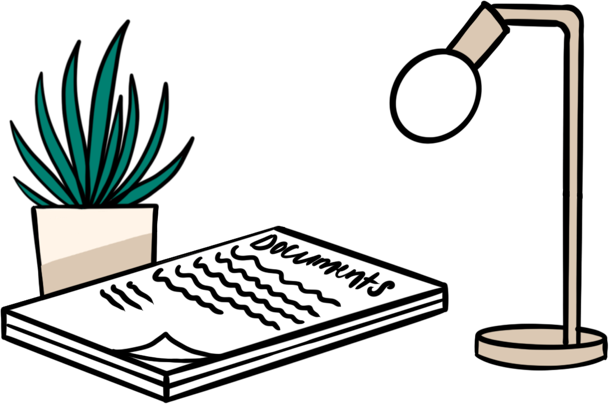Tell us about your move - are you buying, selling, or both?
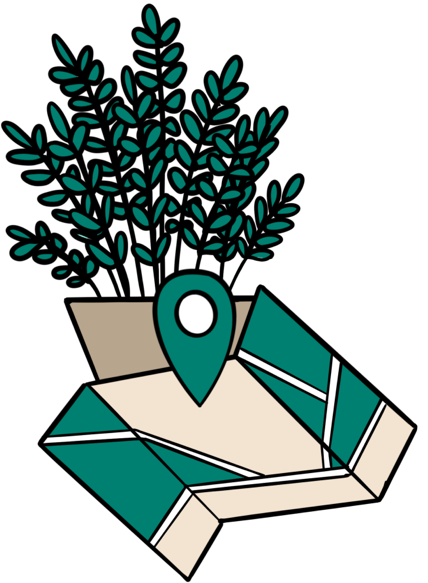
Key takeaways
- A Deed of Trust legally defines how property ownership is divided between co-owners who have contributed different amounts
- It's particularly useful for tenants in common rather than joint tenants, as it can reflect unequal ownership shares
- The deed can protect individual investments such as deposits, mortgage payments and renovation costs
- While you can create one after purchase, it's best to set up a Deed of Trust when buying the property
- It must be professionally drafted by a solicitor or conveyancer to be legally binding and enforceable
Buying a home with others can be both exciting and complicated. Whether buying with a spouse, family member or friend, having multiple owners involved means ensuring everyone is on the same page about their rights and investments from the start.
If you don’t want to go down the route of joint ownership, that’s where a Deed of Trust comes in – a legally binding agreement that clearly defines each co-owner’s stake in the property.
This guide covers everything you need to know about Deeds of Trust – what they are, why they’re important, how to get one, and what they cover.
Let’s get started.
What is a Deed of Trust on a property?
Think of a Deed of Trust as a fairness agreement between co-owners of a property. A Deed of Trust (also known as a Declaration of Trust) is essentially an agreement that clearly spells out how property ownership is divided up between co-owners. It’s mostly used by tenants in common who have contributed different amounts.
Instead of letting things get messy or confusing down the road, this agreement makes sure everyone is on the same page about their share and contributions. Here are the key things it can cover:
- Defining each owner’s precise share (e.g. 60/40 split) based on how much they contributed
- The agreed process for selling the property if/when the time comes
- How ongoing costs like mortgage repayments, bills, repairs etc. will be divided up
Having this formalised upfront in a legally binding way makes life easier for co-owners. It removes any future head-scratching over who owns what or how profits/expenses should be split.
Why do I need a Deed of Trust?
Let’s take a look at the two main paths you can take when buying a property with others – being joint tenants or tenants in common.
Joint tenants
This route means you and your co-buyers own the property equally, with the same rights over the whole property. You don’t have a share, you all own it together. A few key things to note:
- You all have to purchase your shares at the same time
- If one owner passes away, their share automatically gets transferred to the remaining owner(s)
Tenants in common
With this approach, each owner has their own distinct ownership share. The percentage of ownership can differ – it doesn’t have to be a perfect split.
So, when might being tenants in common make more sense? Let’s use an example. Say you and your partner are purchasing a £400,000 home. As tenants in common, you could structure the ownership split based on how much each person contributed towards the deposit and mortgage.
For instance, if you put down £30,000 towards the deposit and your partner put down £10,000 and you £20,000, a Deed of Trust could clearly spell out that you own 75% of the property’s value while your partner owns 25%. The same percentages would then apply when it comes time to split any proceeds if that time came.
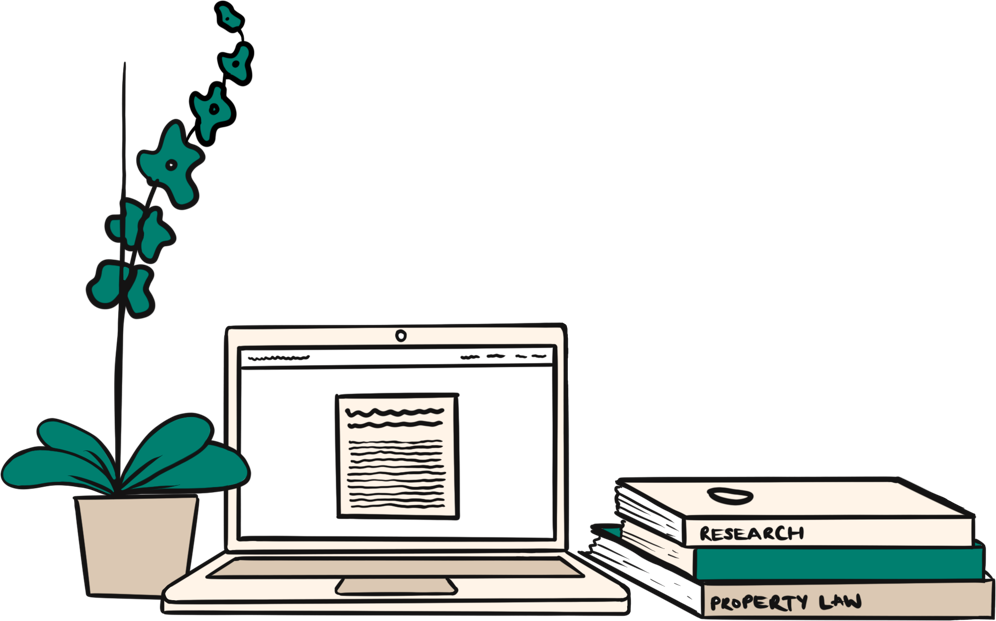
What is a deed of trust used for?
Typically, a Deed of Trust is used to make a legal record of the different amounts co-owners have paid into a property and their respective shares of ownership.
But there are some other things that you can include in the document or add later.
These include:
Renovations
If one owner puts in the cash to renovate the property later on, that added investment can be noted in the Deed so their increased equity stake is reflected.
Ongoing costs
It can also detail the percentage breakdown for things like the monthly mortgage, utilities, repairs – anything requiring ongoing payments from the owners.
Third-party contributions
Maybe mum and dad chipped in some money towards the downpayment but aren’t actually listed on the property title. The Deed can ensure their financial interest is still formally recognised and protected.
Sale/transfer plan
Most importantly, it lays out the predetermined terms for if/when the property is sold or if one owner wants to buy other shares.
The Deed of Trust will provide a clear, binding record of each person’s rights and obligations every step of the way.
Using a deed of trust to protect investments
One of the most common reasons for a Deed of Trust is to protect hard-earned investments when buying a property with others – whether it’s the down payment, mortgage payments, or even cash gifted from generous family members.
For example, say your parents gifted you £20,000 toward the purchase deposit of your property. The Deed of Trust can explicitly state that this gift was made to you personally, not your co-owner(s). That way, if you ever go your separate ways, there’s no doubt who that £20,000 belongs to.
Here are some other financial contributions that can be protected by a Deed of Trust:
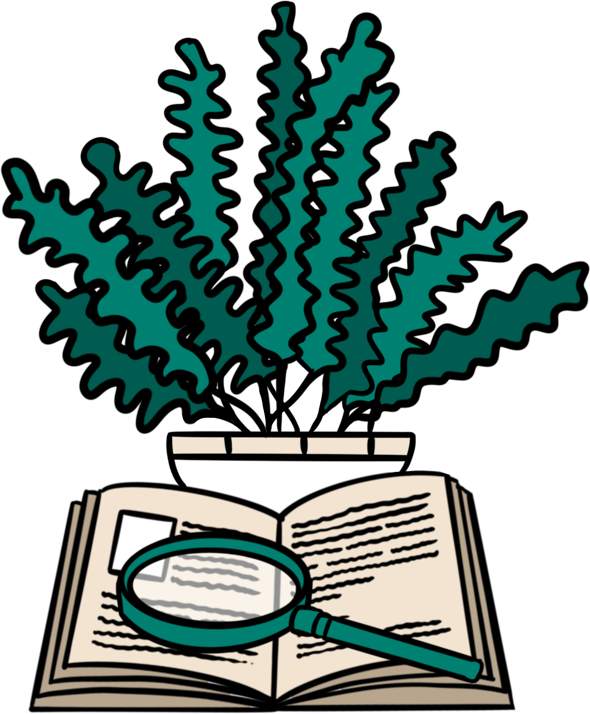
Deposit splits
You can record how much each owner has contributed to the deposit of the property, as well as any third-party contributions.
Mortgage payments
If you and the other owner(s) will not be splitting the mortgage payments equally, you can declare how much each of you will pay monthly.
Renovations
Let’s say you pay for a brand new kitchen and bathroom a few years into your joint tenancy, the Deed can highlight that this increased investment in the property’s value can increase your ownership stake.
Other ongoing costs
You can also outline how much each of the owners will contribute to the ongoing costs of running the property, such as bills, utilities, or anything else.
It’s important to keep in mind that changes in individual investments can shift the ownership stakes outlined in the Deed of Trust (if agreed). The agreement allows for those percentages to be updated if one co-owner contributes significantly more funds than the others down the road.
How do I get a Deed of Trust?
Whilst you could technically draft up your own Deed of Trust and have it witnessed when signed, there are some pretty big risks to this approach. For starters, unless you’re a legal expert yourself, it’s incredibly easy to overlook things and make mistakes. Even a small oversight could nullify the whole agreement.
Not only that, but a self-written deed likely won’t hold up as a legally binding and enforceable contract if a dispute arises between co-owners. It basically devolves into a “trust me” situation rather than an ironclad agreement that protects everyone.
The better route is to hire an experienced property solicitor or conveyancer to officially draft the Deed of Trust whilst they are the other legalities of your purchase. Legal professionals know all the required clauses, technical language, and nuances to make it watertight, and legally binding.
How much does a Deed of Trust cost?
The cost of getting a Deed of Trust drafted can vary quite a bit depending on a few factors. You’re generally looking at paying somewhere between £100 on the lower end, up to around £1,000 for complex scenarios. A lot comes down to the specific details that need to be accounted for in the agreement and the conveyancer’s pricing.
When it comes to fees, your most cost-effective option is usually to have the same conveyancer who is handling the property purchase for you also prepare the Deed of Trust. When you’re researching conveyancers, check with them to see what they’ll charge extra for a Deed of Trust service.
Frequently asked questions
What happens when you sell using a deed of trust?
While selling with a Deed of Trust is a bit different than selling as joint tenants, it doesn’t have to be more complicated. The key is that everyone needs to be on the same page, and in agreement to sell the property. Once you’ve got that agreement and the sale goes through, proceeds will be divided up based on the ownership split laid out in the Deed of Trust.
If you still have an outstanding mortgage balance, you’ll need to pay that off to your lender from the sales funds too.
Does the Deed of Trust show ownership?
While the Deed of Trust does outline the partnership arrangement and different parties’ interests in a property, it’s not actually proof of ownership itself. That official proof comes from the Title Deeds held by the Land Registry.
Can I get a deed of trust after a purchase?
Absolutely, getting a Deed of Trust after purchasing a property is doable. The first move is to get an up-to-date valuation of the property that everyone involved agrees on. Once you’ve got that nailed down, a solicitor can take it from there and formally draw up the Deed of Trust paperwork for you.
Then, once the Deed is signed and witnessed by all parties, it becomes an official legally binding document.
Who can witness a Deed of Trust?
The witness needs to be completely independent – they can’t be related to any of the parties signing the deed, and they can’t have any personal stake or interest in the matter whatsoever. They also need to be an adult over 18 above of sound mind and judgement.
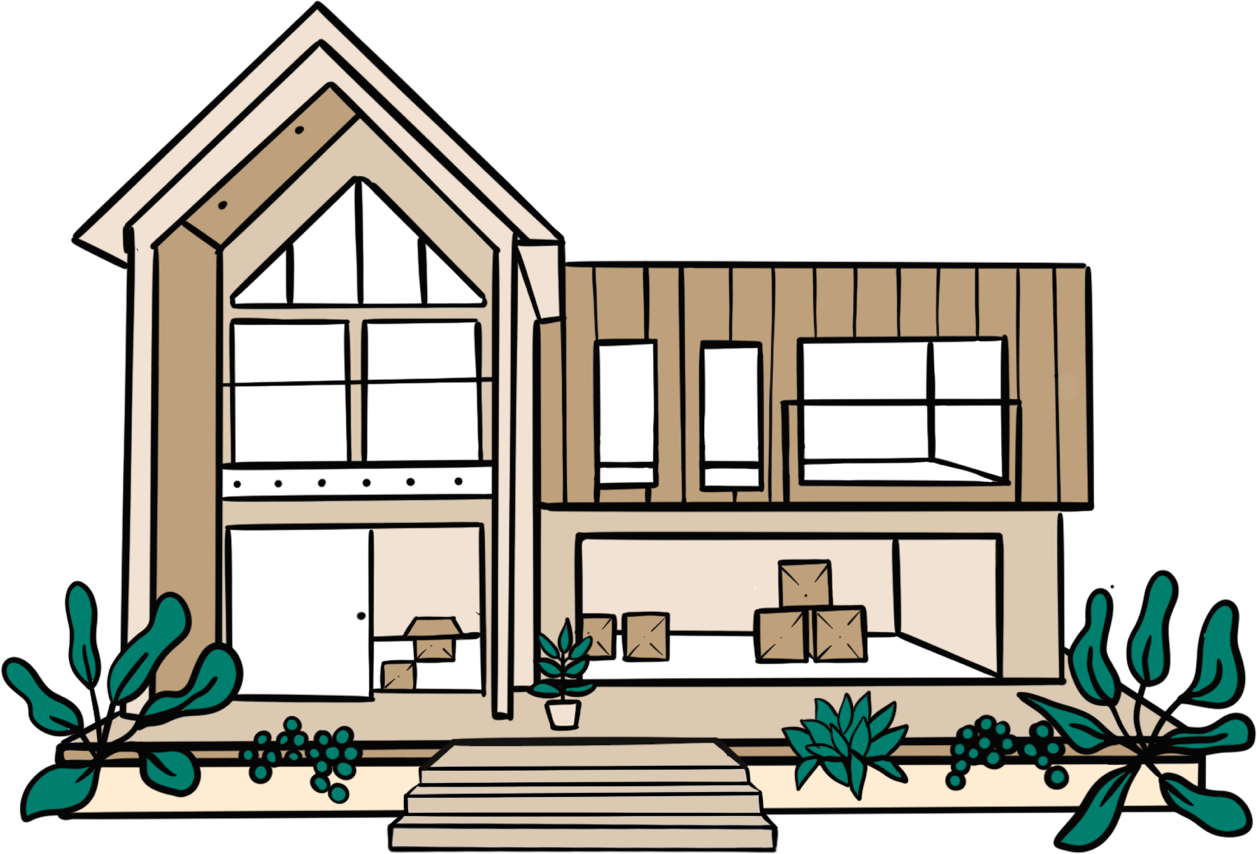
Conveyancing without the confusion
At Eden, we take the stress out of conveyancing so you can focus on the exciting parts of your next chapter.
With a dedicated property lawyer, a 24/7 digital portal, and unmatched support, you can count on Eden.

